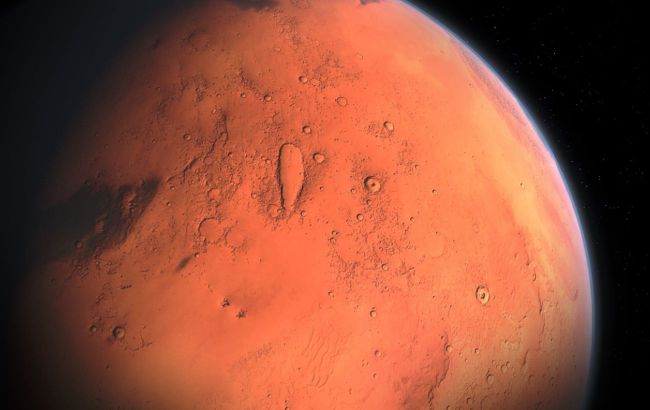NASA unveils potential traces of alien life on Mars: Was there life after all?
 NASA revealed traces of possible life on Mars (Photo: pixabay.com)
NASA revealed traces of possible life on Mars (Photo: pixabay.com)
NASA's Perseverance rover has discovered various organic compounds in the Jezero Crater on Mars, which could indicate the presence of life. The obtained data suggest that life may have existed on the planet in the past, according to Metro.
Researchers propose various explanations for the origin of organic matter on the red planet.
These include interactions between water and rock formations or the deposition of interplanetary dust or meteorites, although biotic origin - derived from living organisms - cannot be discounted.
According to the study, a deeper understanding of Martian organic matter could shed light on the availability of carbon sources, which would be significant in the search for potential signs of life.
The Scanning Habitable Environments with Raman and Luminescence for Organics and Chemicals (Sherloc) instrument on the Perseverance rover is the first tool capable of performing fine-scale mapping and analysis of organic molecules and minerals on Mars.

Nasa's Perseverance (screenshot)
It is worth noting that Perseverance landed in the ancient lake basin crater of Jezero in February 2021.
Since then, scientists have been studying the geological composition of the crater floor using the suite of instruments aboard the rover, which can photograph and analyze rock formations.
The results show that NASA's rover has detected organic compounds in samples taken from 10 rock formations within the Jezero crater. These rock formations have an age ranging from 2.3 to 2.6 billion years, suggesting that the building blocks necessary for life could have existed on Mars for a long time in various locations.
However, scientists caution that careful analysis is required as organic compounds can have both biological and geological origins.
Before concluding that these molecules are signs of extraterrestrial life, all other processes that could have produced them need to be excluded.
Therefore, understanding what organic molecules exist on Mars and how they were formed is crucial in determining whether or not extraterrestrial life may have existed on the Red Planet.
As mentioned earlier, NASA has released impressive images of purple Mars.

